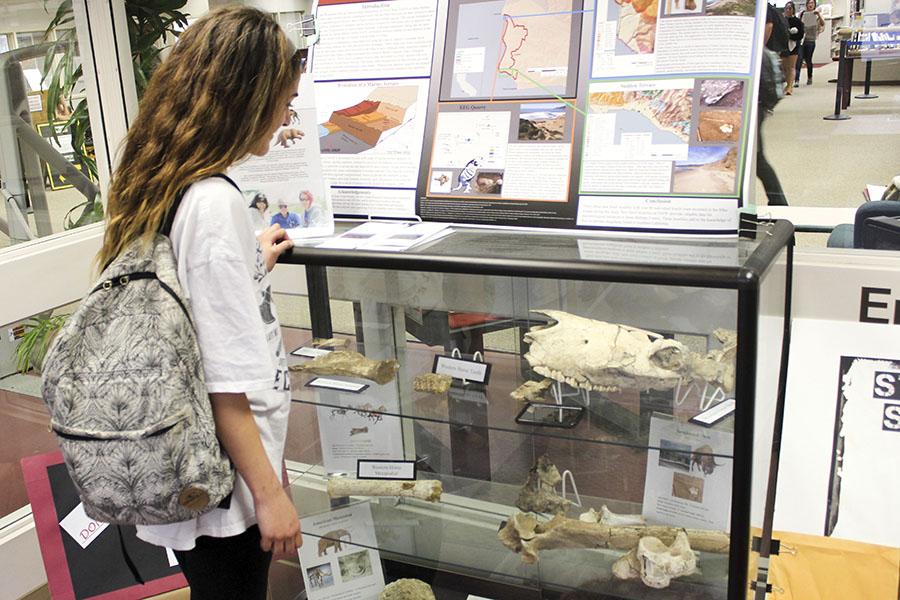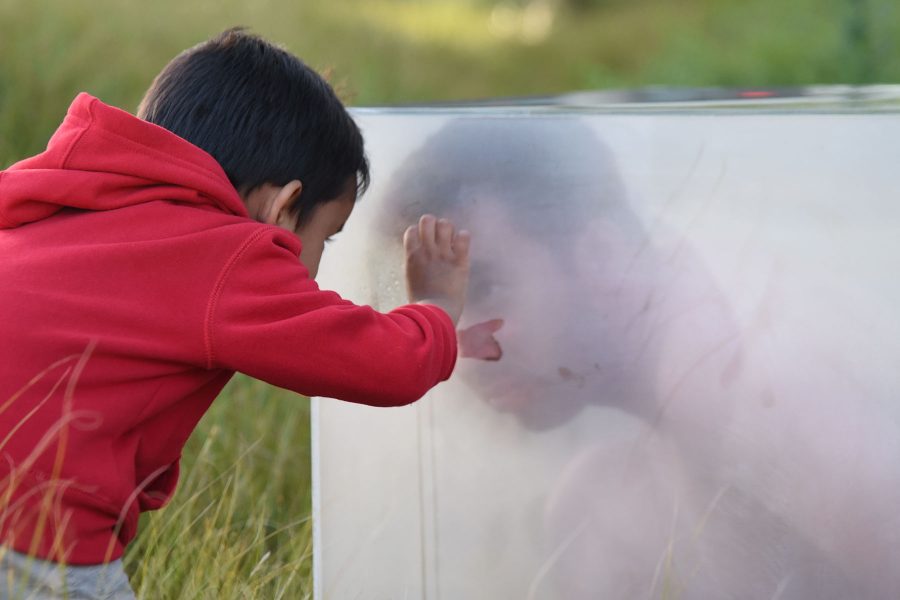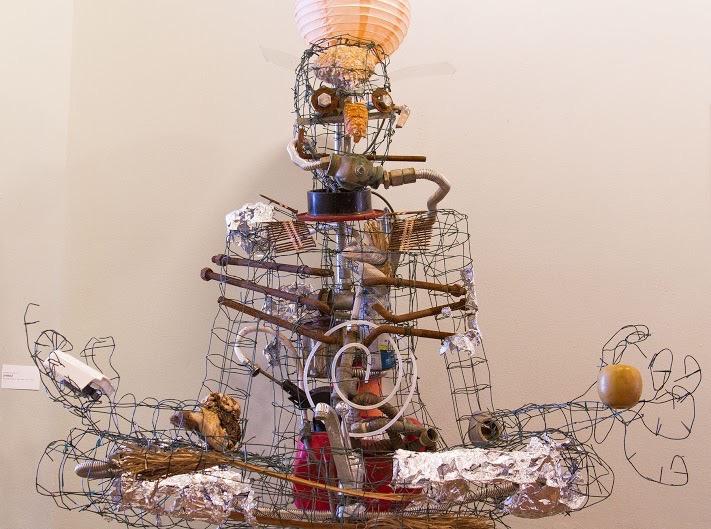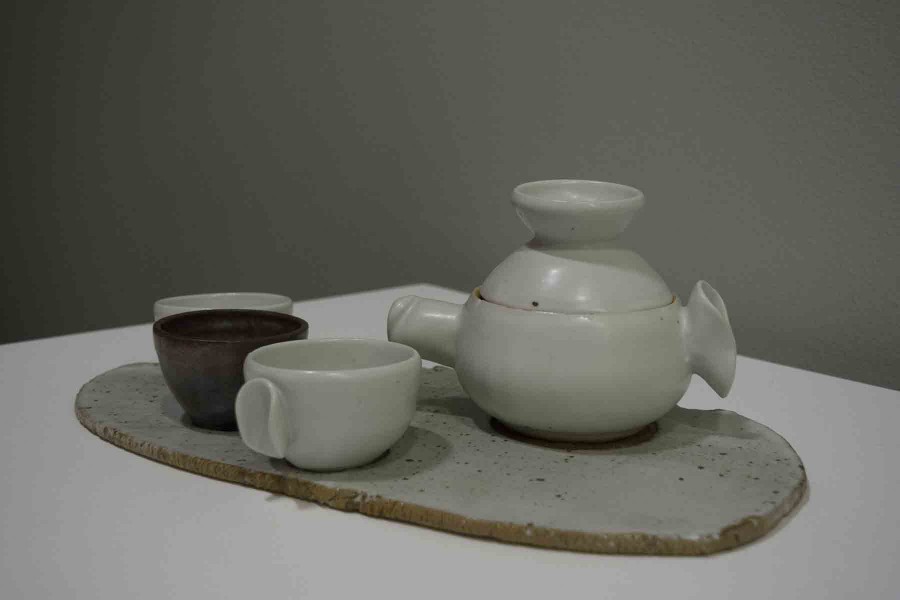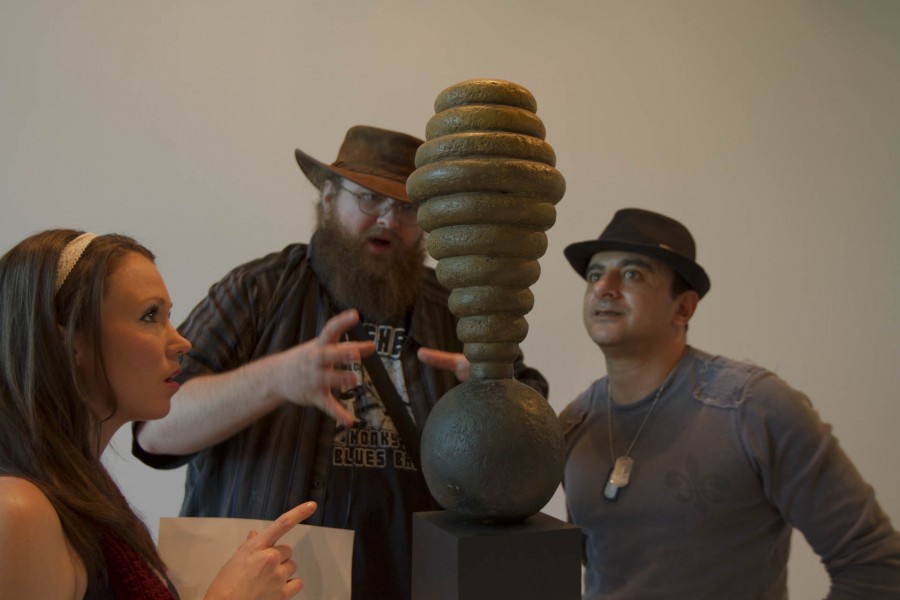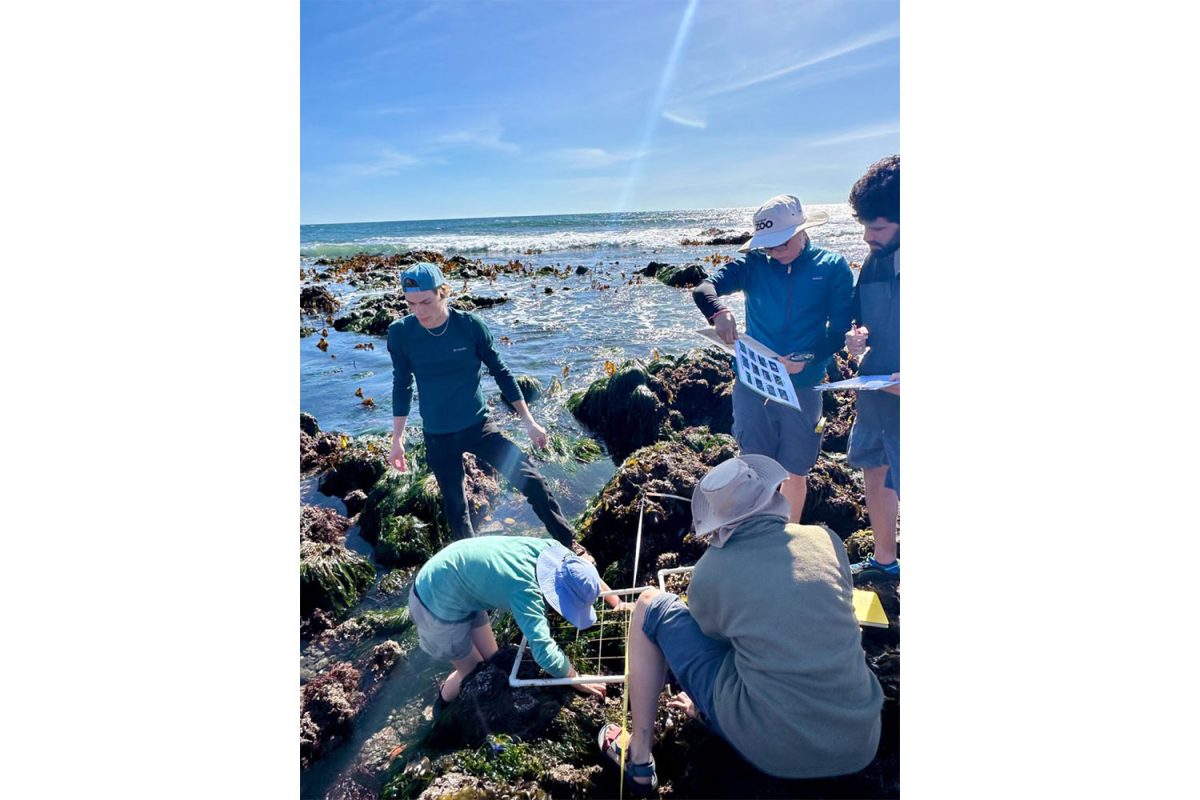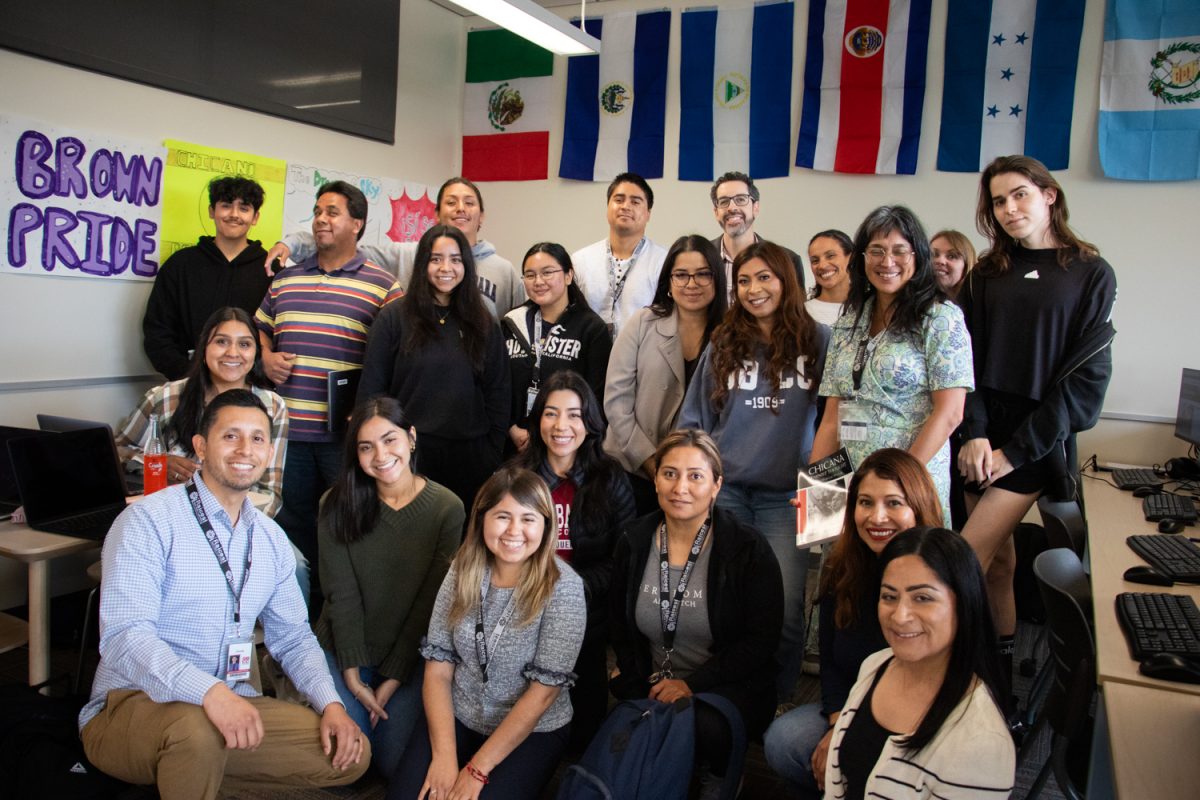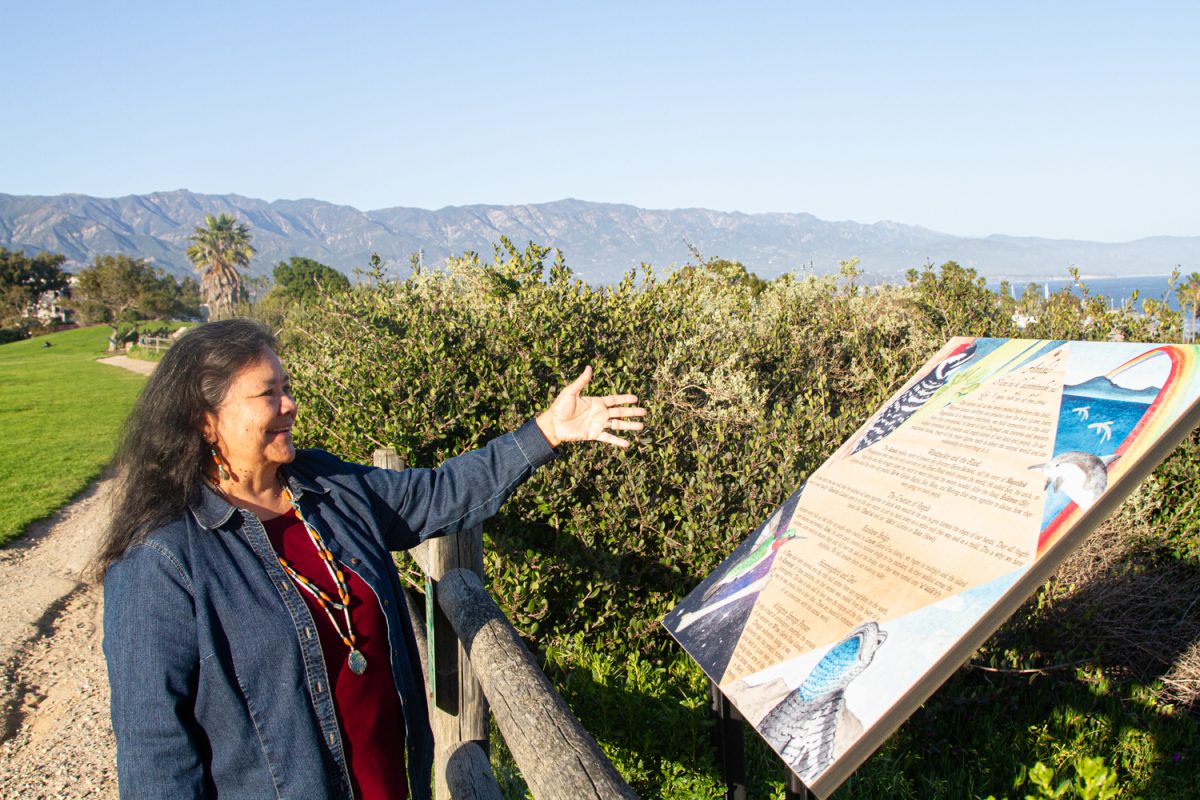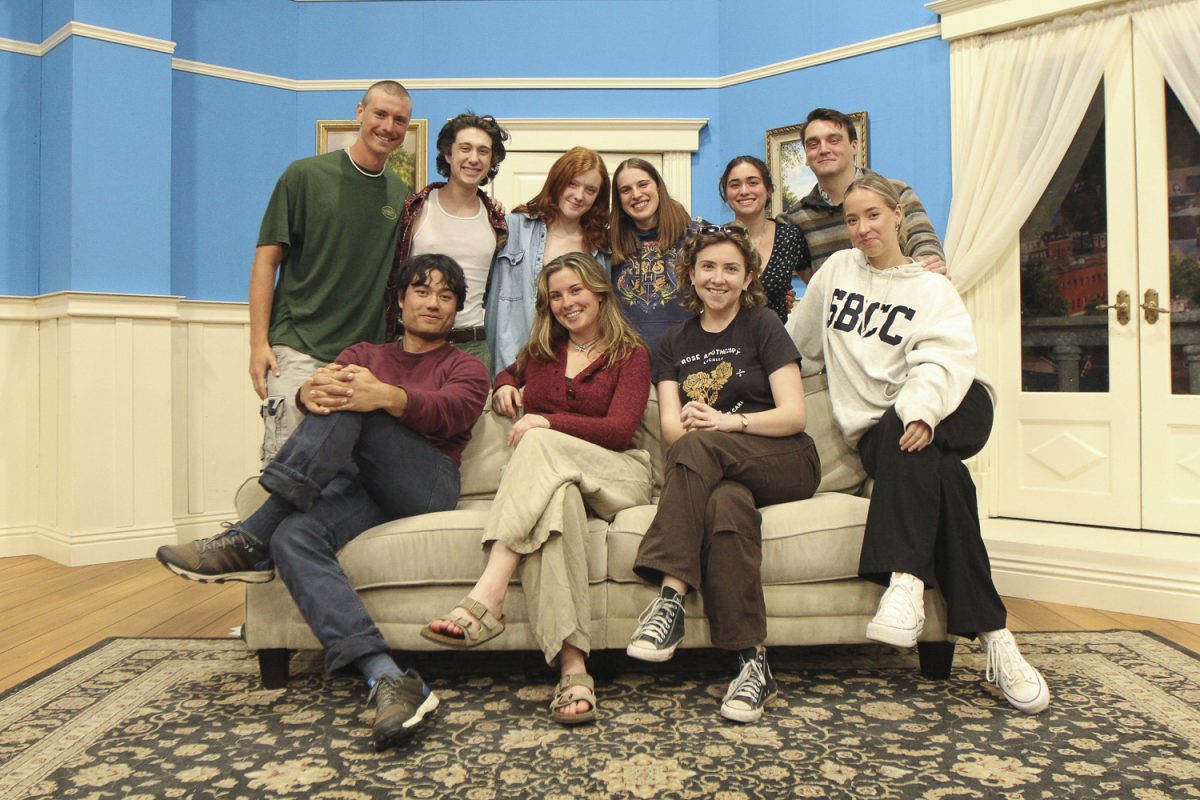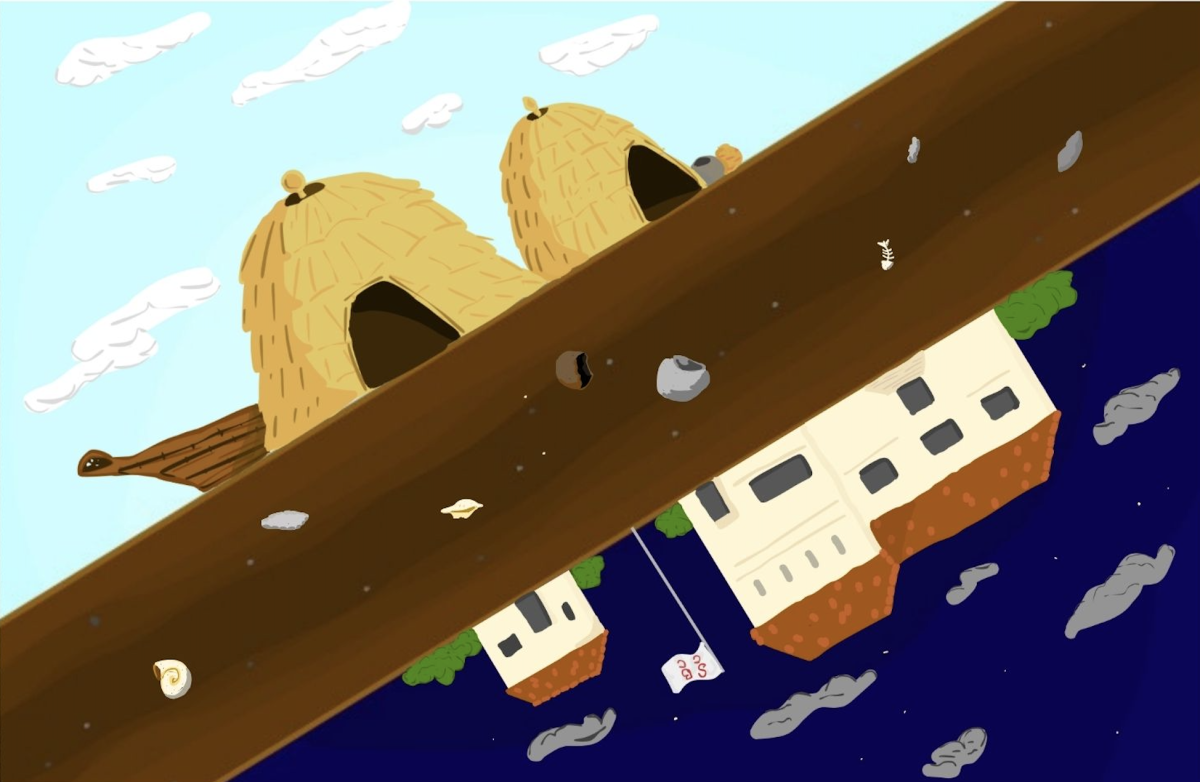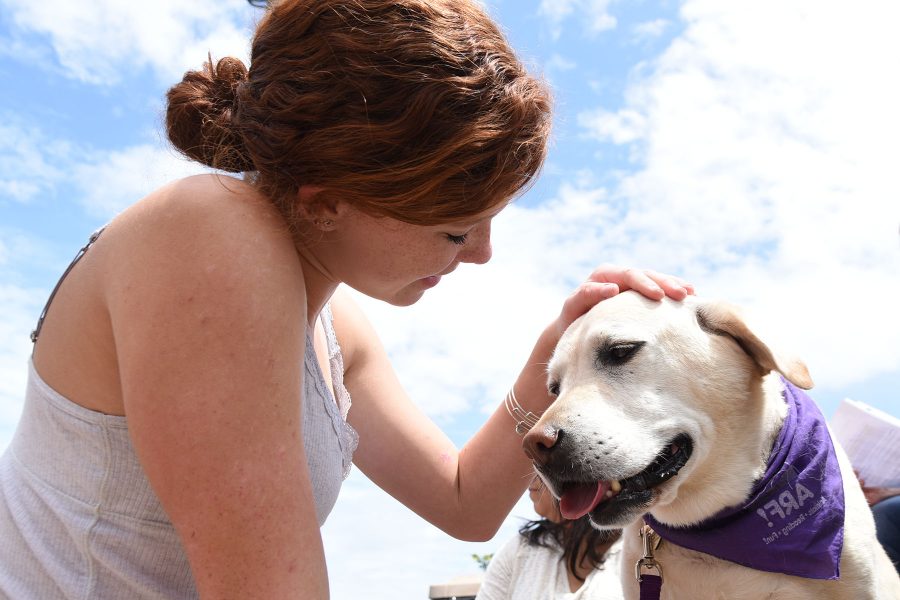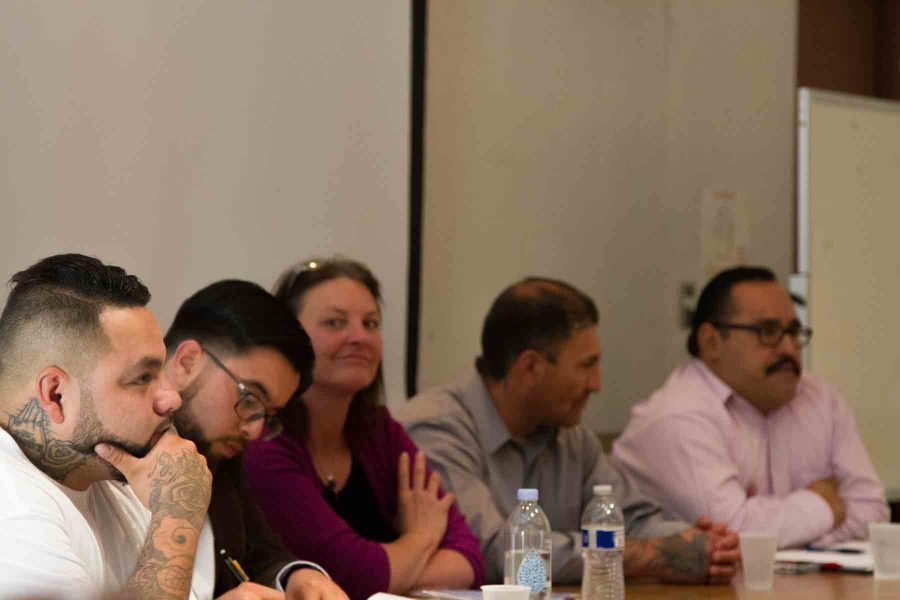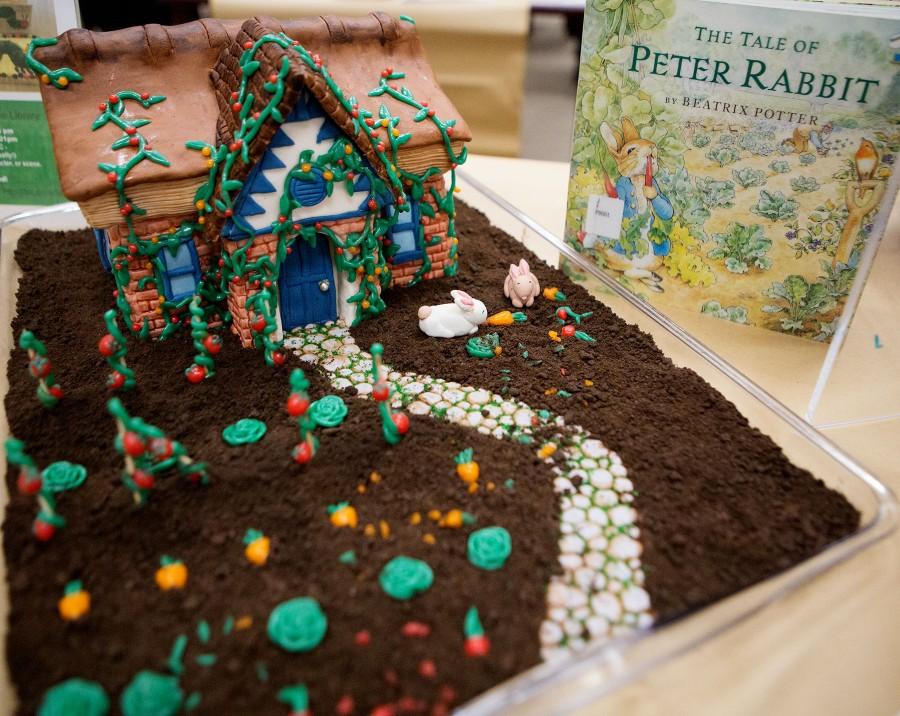The Luria Library has a horse, a sloth, and a camel —each of them over 80,000 years old.
The Library is hosting an exhibition of rare fossils found over the past 12 years at the Vandenberg Air Force Base by faculty and staff from the City College’s Geology Department. The fossils date from the Late Pleistocene era, which ranges from 126,000 to 5,000 years ago.
Displaying the fossils in the Library—where about 5,000 people visit a day—is drawing positive comments.
“It is awesome and very interesting,” said Jacqueline Mistretta, City College student, while looking at the displayed fossils in the Library. “We were surprised that our college has these fossils.”
For the excavation, a team was formed by Lab Technician Eiko Kitao, former student Melissa Macias, and retired professor Dr. Robert Gray.
“It’s very exciting for me to be able to be a part of the important discoveries,” Kitao said.
About 12 years ago, Gray received a request from Vandenberg to conduct a paleontological reconnaissance along the shoreline there. They asked him to research whether any fossils were on their property. Even though the research was only a short period of time, Gray excavated many ancient bones.
Because of its highly restrictive nature, Vandenberg keeps parts of the base untouched. There have never been a lot of buildings and it is restricted to non-military personnel. Parts of the base are the way they used to be thousands of years ago, Kitao said.
In August 2011, Vandenberg officials asked Gray to do the research again because they accidentally found something that looked like a fossil. After Gray received the call, Macias, who was a student at UCSB at that time, decided to do her senior thesis on the “megafauna” – Pleistocene era large animals – on the base.
Gray, Kitao and Macias took a long time to explore more than 34 miles of undeveloped coastline. They discovered a large number of animal fossils, such as a giant sloth, western horses and camels.
“When we discovered the fossils, I felt like I went to paleontology Disneyland because the clay and mud made it so easy to pull out the fossils,” Kitao said.
The new discoveries at the base will provide precious knowledge for paleontological resources in Santa Barbara County, Kitao said.
While important finds were made north and south of the site, this was the first of its type on the Central Coast.
“Our discovery is very important because with this base, which has been researched, we can link them together,” Kitao said.
Thirty high-quality Harlan’s Ground Sloth fossils were found. This was a giant sloth that stood 10-feet-high about 80,000 years ago.
The team was able to dig up a lot of pieces of the huge sloth in a 538.15-ft2 section. They found the sloth died in a puddled area so the environment kept the fossils together and in excellent condition.
According to Macias, their discovery became the most complete ground sloth fossil from Santa Barbara County.
It is interesting that giant sloths originally lived in South America. They took thousands of years to slowly walk north. Now Macias is conducting her research on sloths as her master’s thesis at Fort Hays State University in Kansas. She said that she is tracing the dispersal of sloths into North America before the closing of the Isthmus of Panama three million years ago.
In October 2013, the team went to Los Angeles for a convention held by the Society of Vertebrate Paleontology. They gave the poster presentation and received accolades. They decided to write the paper and submitted the abstract to Pacific Section American Association of Petroleum Geologist, which will hold its annual meeting in April 2014. They are looking for other scientific organizations or societies to publish their paper.
Luria Library will host the exhibition through Spring Break.


